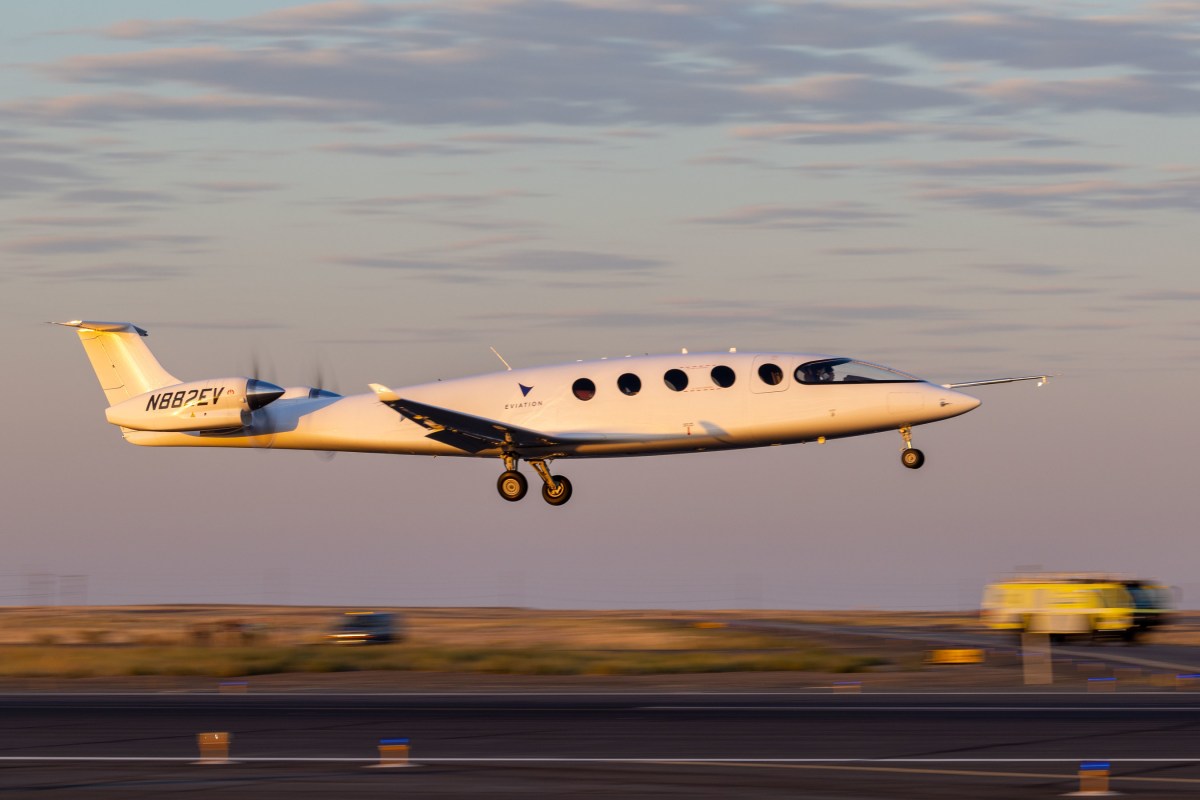Thekiwi
Active Member
Exactly - there are many locations on earth where short range regional air routes are required due to Water.It's less than 160 km but you can't drive from O‘ahu to Maui or from Kaua‘i to Moloka‘i unless you're driving a hovercraft.





